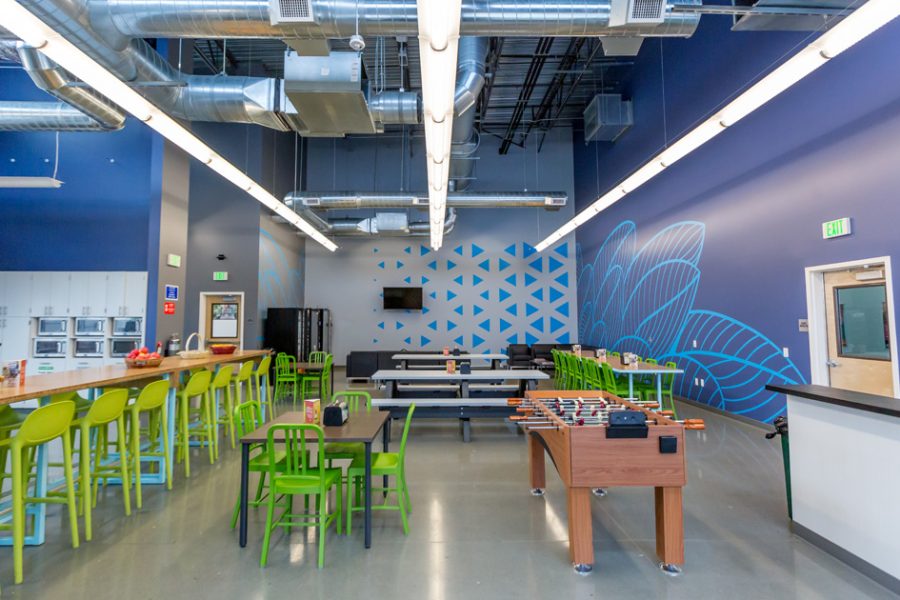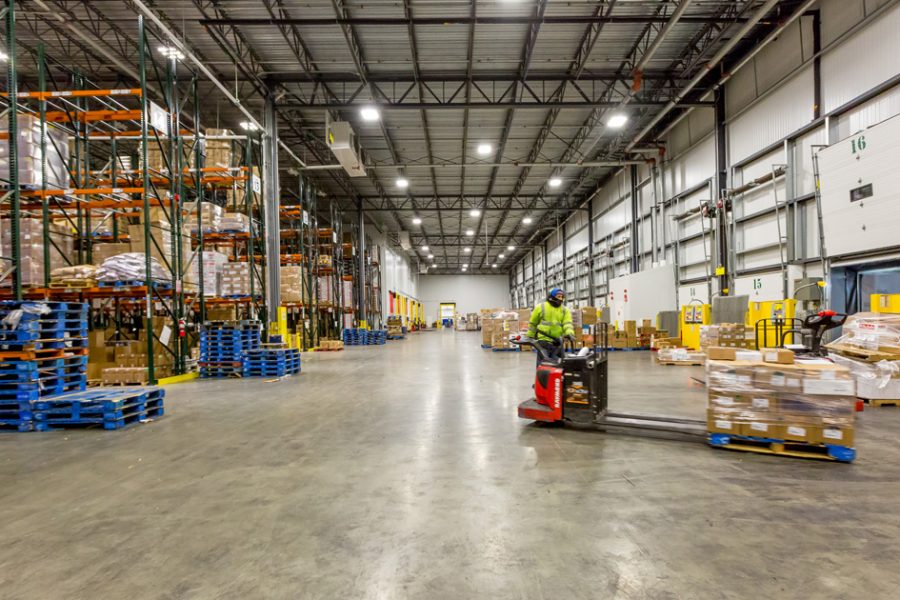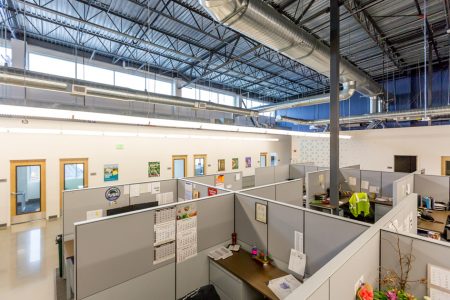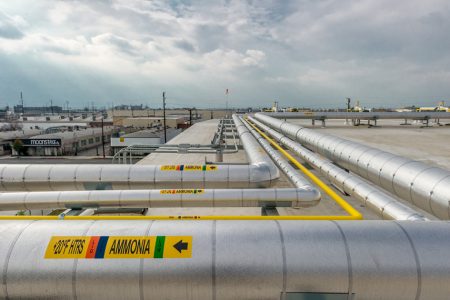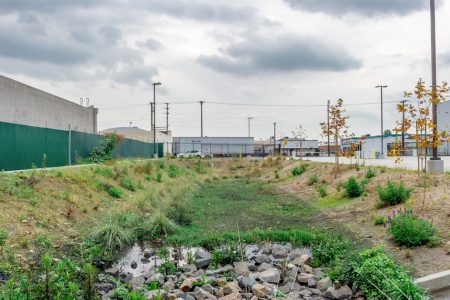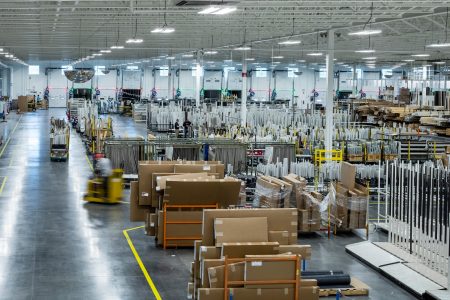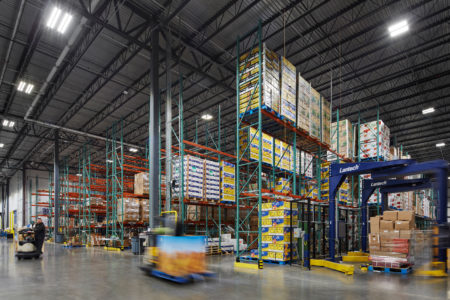Whole Foods Distribution Center
Sustainability and well-being on an industrial scale
Whole Foods Market is a category leader in health, wellness and sustainability. From farm to table and every stop in between. Distribution centers are a vital step in this food journey – and, often, one of the least sustainable. Features like high ceilings, open truck bays and sensitive climate control systems can create energy inefficiencies and add up to big operating costs.
The status quo wasn’t good enough for Whole Foods. They partnered with RSP to rethink sustainability in distribution and better align their facilities with their values. Starting with the transformation of an old canning manufacturing plant in Vernon, CA. Our design and engineering team carefully recycled or repurposed nearly all existing materials to create the state-of-the-art Southern Pacific Perishable Distribution Center. This 130,000 SF facility houses over 900,000 cubic feet of product within its 32-foot-tall storage racking systems. That’s equivalent to a 40,000 SF Whole Foods retail store filled wall-to-wall and floor-to-ceiling with product.
Equipping such a large facility required creative strategies to reduce energy use, reclaim water and maximize safety. An industrial ammonia refrigeration system acts as an energy-efficient and natural alternative to Freon-based systems. This system controls the internal cold storage that ranges from 55°F to 0°F — vital for keeping food cold and fresh. It also charges a food-based chill water system that provides cooling to the administrative office areas, thus eliminating all harmful chlorofluorocarbons (CFCs) from the facility. Roof-mounted solar water storage tanks provide hot water, and infiltration basins improve storm water management. To improve safety, high-tech dock systems were designed for ergonomic operation, with fully automated overhead doors and levelers to minimize gaping. Racking systems are equipped with seismic isolators to prevent damage to property and ensure life safety in case of a seismic event.
For a facility that handles over a million cases of product each month, these features add critical efficiency. The center is a vital link between Whole Foods and its customers. And a vital example of sustainability in an industrial environment. As evidenced by its 3 Green Globes (out of 4), the Green Building Initiative’s highest level of sustainability certification. And its award as the Los Angeles Business Journal’s “Best Industrial Project” in 2016.
But the facility is more than a storage center. It’s a workplace. With an emphasis on employee satisfaction and well-being. Clerestory windows and low cubicle walls draw daylight into the office. A brightly colored break room – complete with lounge seating and foosball – provides a balance of productivity and fun. Because efficient automation keeps the product moving swiftly, but the people keep the business running smoothly.

